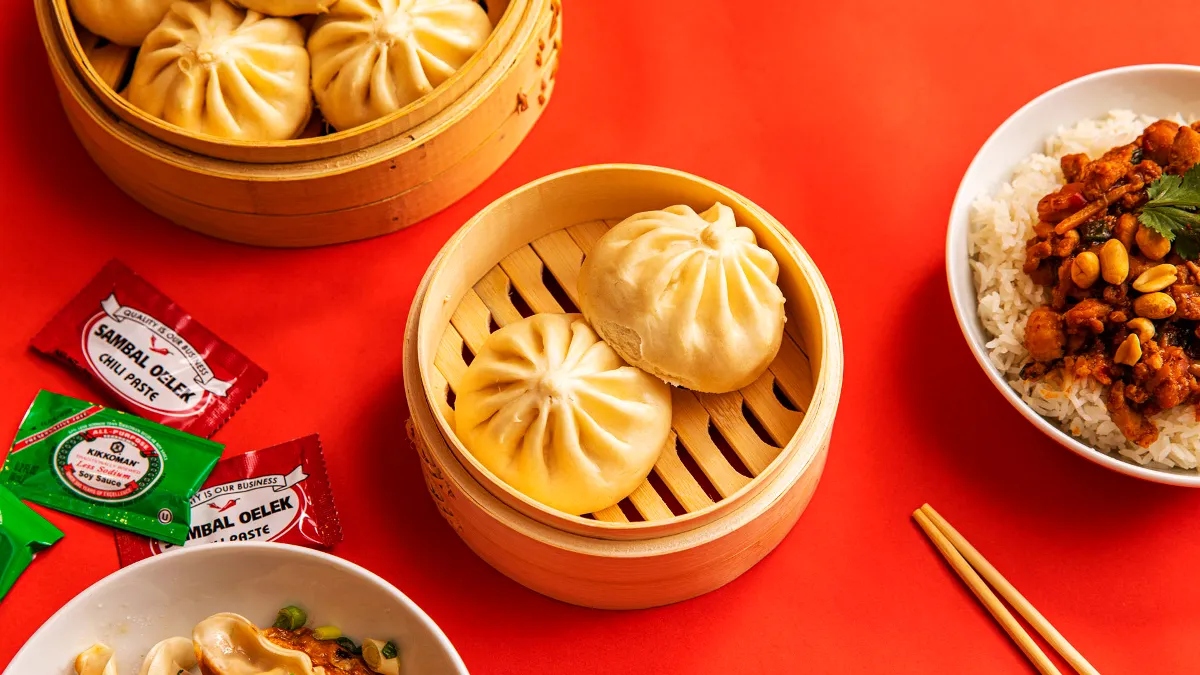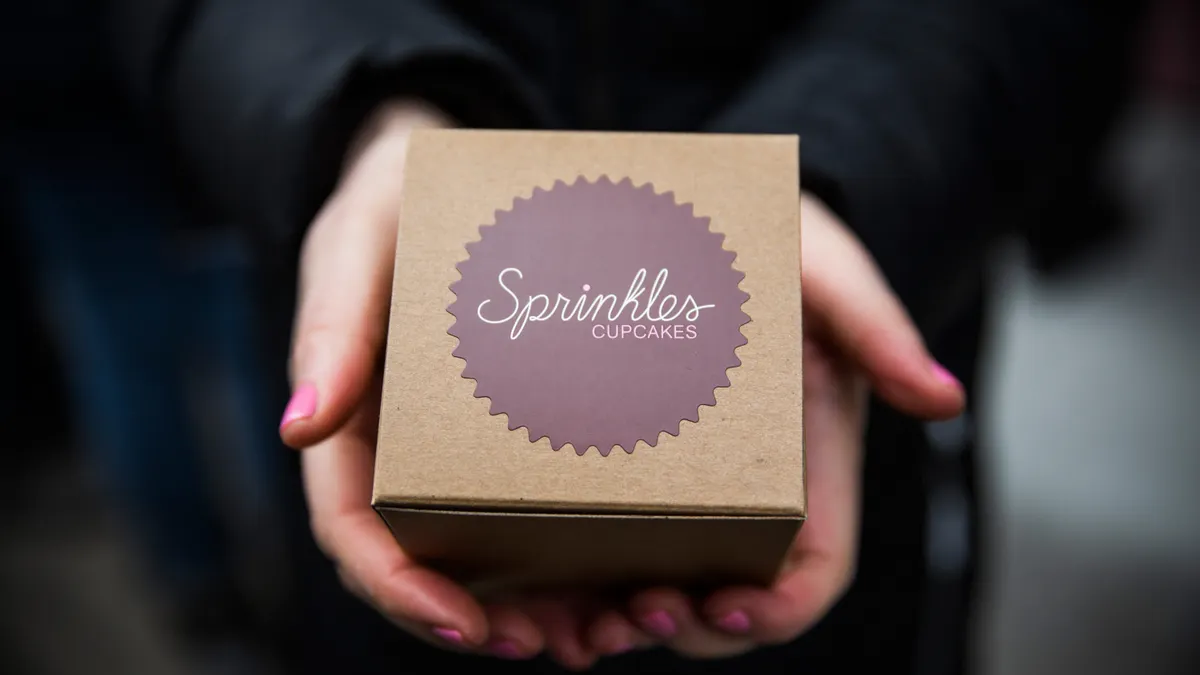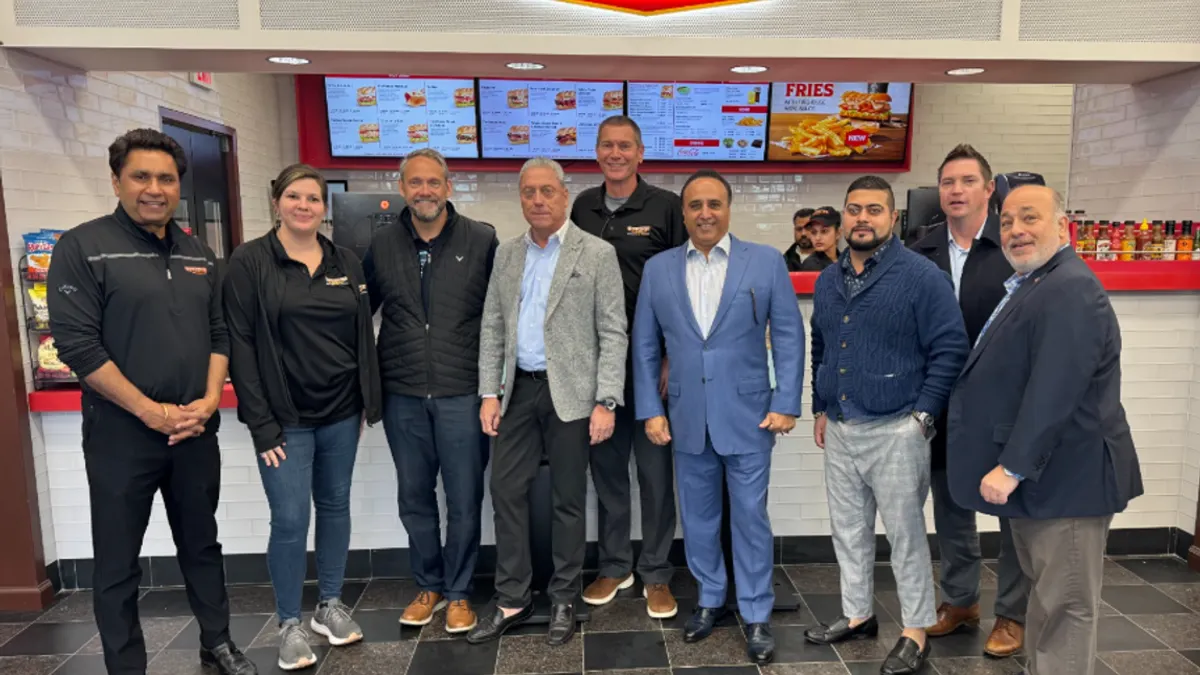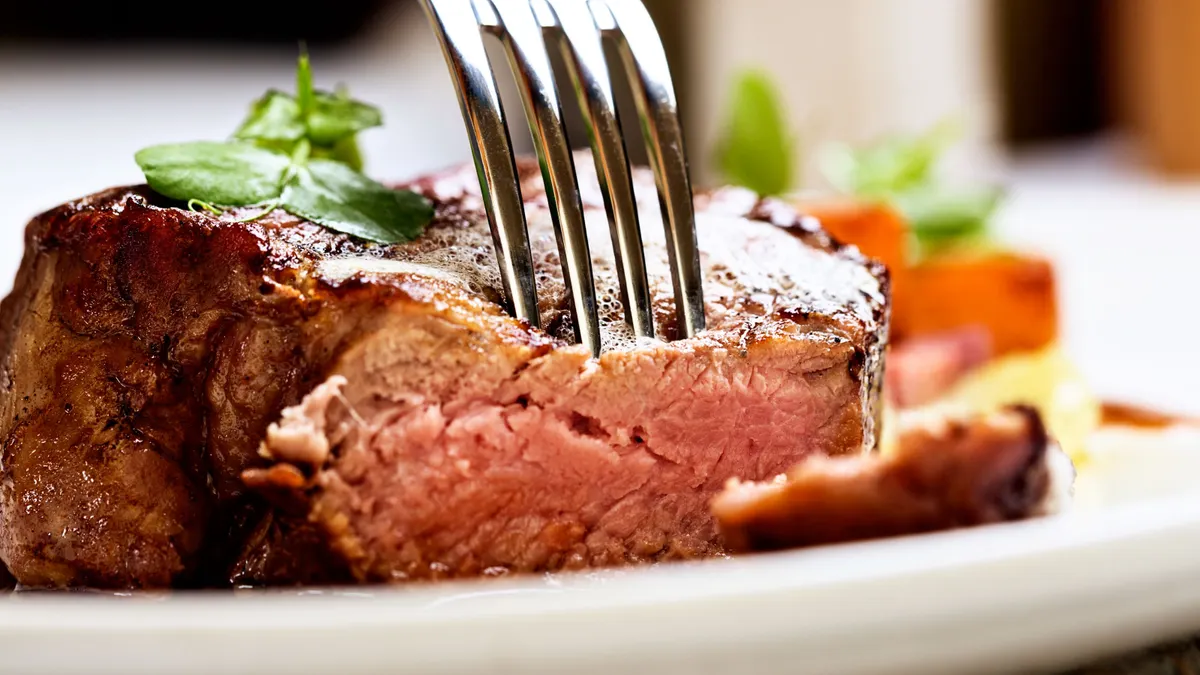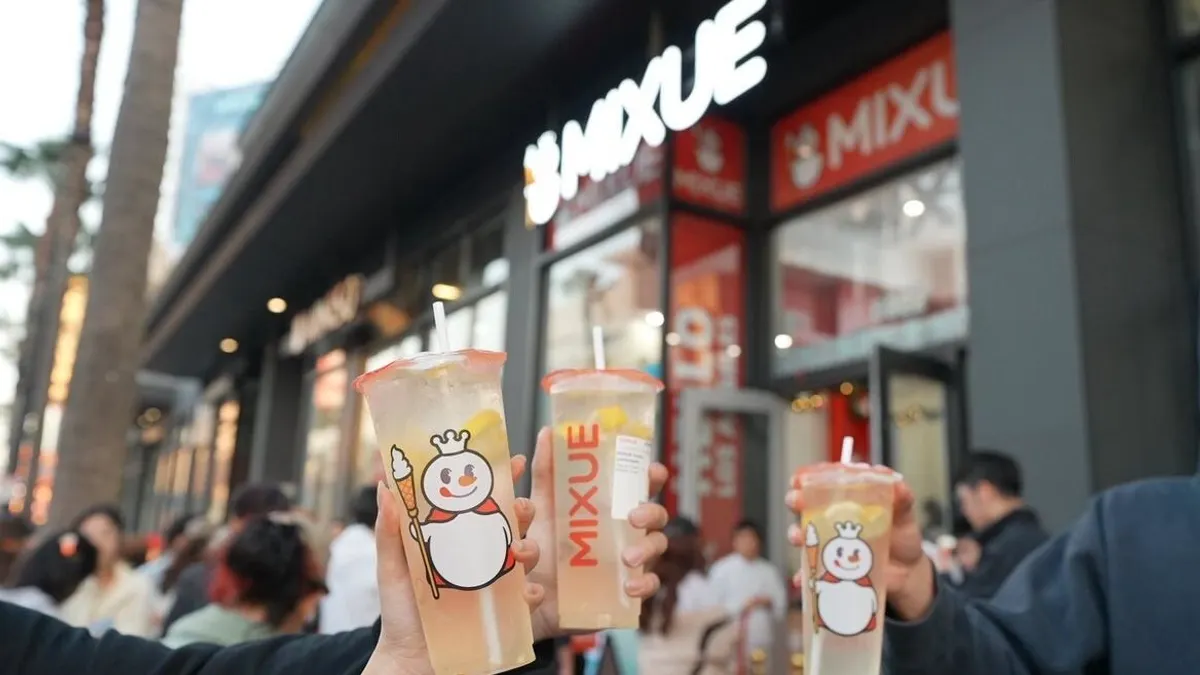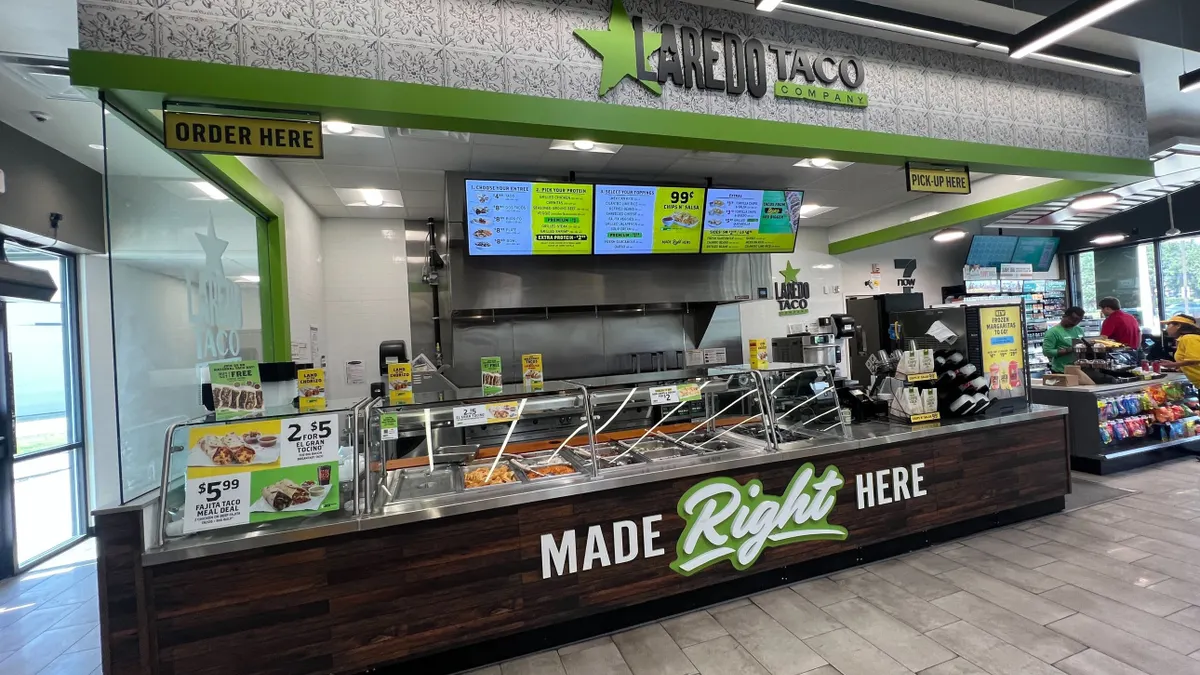In the first half of 2023, it appeared the virtual brand segment was in trouble. From Nextbite’s layoffs and eventual sale to C3 CEO Sam Nazarian, to Red Robin’s decision to pull the plug on two virtual brands and end its partnership with MrBeast Burger, hiccups in the segment proliferated.
But experts and virtual brand leaders say this sort of turmoil is common within emerging markets, and believe that virtual brands may still have room to grow.
“We're in the second inning of a nine-inning ballgame,” said Geoff Alexander, Wow Bao’s CEO and president. “Here in Chicago, I've seen the Cubs come back from 8-0 in the second inning, and win the game.”
A troubled spring
Every unsuccessful concept is unsuccessful in its own unique way, said Rishi Nigam, founder and CEO of host kitchen platform Franklin Junction. In other words, recent and high-profile virtual brand issues may not reflect the strengths and weaknesses of the category as a whole.
Virtual brands may fail because they require too many ingredients, too many steps, or too much made from scratch to function as a secondary brand in a host restaurant’s excess kitchen space, Nigam said. Other failed brands lacked proprietary ingredients and couldn’t develop distinct menu identities as a result.
Dorothy Calba, a senior research analyst with Euromonitor, said most of the trouble in virtual brands this year “centered around the issue of consistency and quality.”
“[When] you have a lot of separate kitchens working on one product that's supposed to be the same, there's going to be a lot of challenges,” Calba said. “Making sure each kitchen that's working on these different brands is committed to producing that in a quality way is a hangup a lot of them have.”
It can be difficult for restaurants to get staff to focus on secondary brands, Alexander said, an issue that mirrors early challenges with delivery adoption.
“If the manager on the floor, if the chef at the window, if the line cook preparing it doesn't care [about the virtual brand], then you're gonna have bad food,” Alexander said. Many operators aren’t giving their virtual brands the focus and support they require to thrive, Alexander said, especially as dine-in traffic has come roaring back. Alexander’s company, Wow Bao, operates as a virtual brand and offers its bao buns, which require very little preparation in the kitchen, for delivery through more than 600 restaurants.
Nigam said many virtual brands have been unable to find a level of operational simplicity that aligns with restaurants’ needs.
“If you're adding 5% to revenue for somebody or 10% to revenue, you can't be 30% of their work,” Nigam said.
The current abundance of virtual brands, Calba said, has worked to their detriment, in some instances.
“There's so many brands on these delivery platforms that if a consumer has never been to your restaurant and doesn't have the ability to walk through their neighborhood and see one of those brands present, it's hard to convince someone, not only to order the first time, but especially to order an additional time,” Calba said.
Even brands tied to well-known restaurant chains aren’t always hits — Brinker International, for example, announced it was phasing out its Maggiano’s Italian Classics virtual brand in May.
Like many restaurants, third-party delivery platforms are also course correcting their approach to virtual brands. Uber Eats announced in March that it would impose restrictions on virtual brands and work with Nextbite, Accelerator, and Virtual Dining Concepts to develop a certified virtual restaurant program to avoid duplicate listings. These reforms cut 8,000 virtual restaurants from its platform.

In the intervening time, Virtual Dining Concepts saw Jimmy Donaldson (styled as MrBeast), the star of its flagship brand, publicly express doubts about MrBeast Burger. This tension ultimately culminated in dueling lawsuits between Donaldson and VDC. MrBeast Burger remains in VDC’s brand stable, but Red Robin’s decision to part ways with the virtual brand removed it from as many as 500 stores.
But, Alexander said, such a summary doesn’t capture the successes in the industry, and doesn’t delve into the specific reasons for the failure of some companies.
“Just like any part of the restaurant industry, if you focus on it, it can be successful,” Alexander said.
Challenges may be growing pains
The industry is so new, experts say, that some churn in companies is to be expected as firms experiment with different business models.
“This concept really didn't emerge till maybe about 2019,” Calba said. “The fact that there's a lot of turnover and changes [in virtual brands] right now is not super surprising.”
Nigam said his company, Franklin Junction, is seeing high demand for virtual brands, but operator expectations have changed.
“They're expecting better sales and longer legs on it, they don't want to change them out every couple months,” Nigam said. Given the low cost of virtual brands compared to other operational changes, Nigam said, relatively low levels of sales can still prove economical for restaurants.
“There's probably not a lot that you can do, if you're a good operator, to add 5-10 orders a day without spending some money, but adding a virtual brand is a way to do that,” Nigam said.
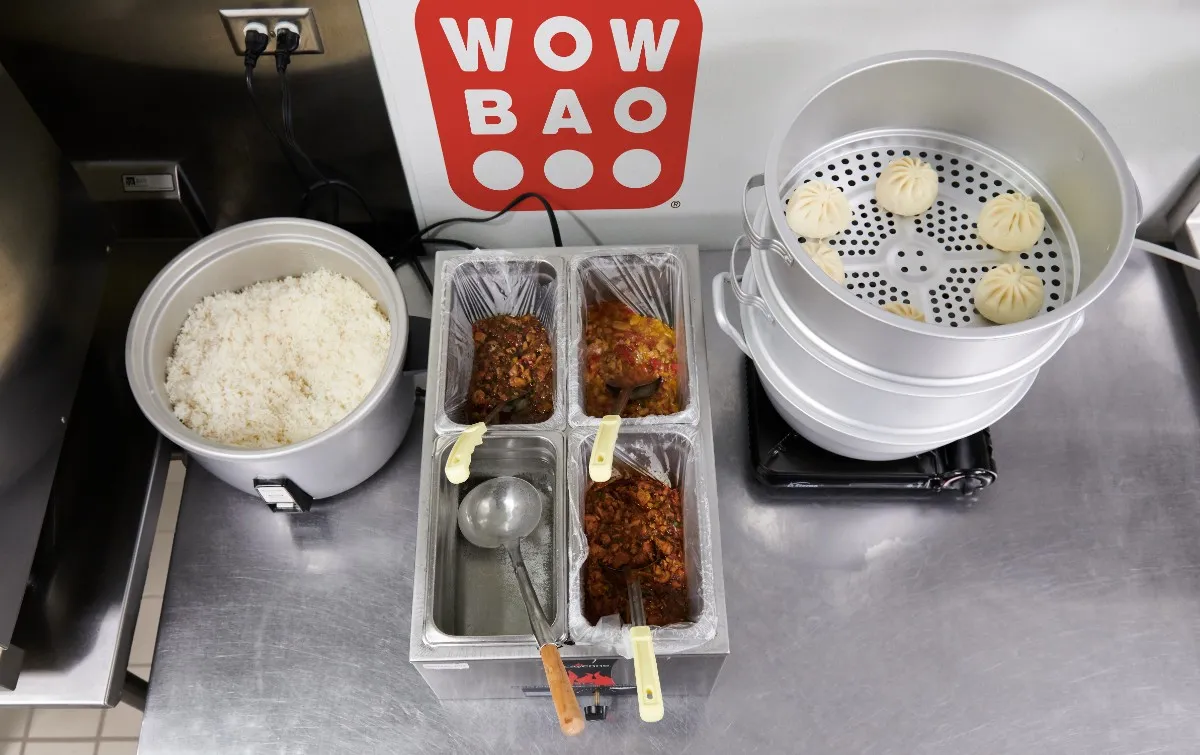
Alexander said the virtual brands seeing the most success are those able to deliver an easy product with consistent quality. Brinker and Red Robin pulling back from virtual concepts, Alexander said, isn’t necessarily an indictment of their virtual concepts. Alexander explained that both Red Robin’s closure of its virtual brands and Brinker's decision to shutter Maggiano's Italian Classics were motivated by a desire to refocus on core operational aspects, rather than the failure of specific virtual concepts.
“Where we've seen brands have success in that space is brands that have focused around a single food item, or just a few, being able to offer that consistently versus trying to produce a whole additional menu,” Calba said.
Calba said another example of a successful virtual brand was Bad-Ass Breakfast Burritos, a concept developed by Dog Haus Brands. Calba said the chain found a successful niche for its virtual brand that still fit well into its operations.
“They chose a very specific product that met a need within their daypart breakdown,” Calba said. Dog Haus needed to add tortillas, but that was about it, Calba said, as the chain already had eggs, bacon and other common ingredients for breakfast burritos.
Nigam said that for virtual brand platforms, the key to continued growth is understanding how to meet the specific needs of individual operators, then helping them to scale.
In the future, Calba predicted that low quality brands will face opposition from brand platforms, as a surplus of inconsistent, badly differentiated brands lowers the value of the platforms for consumers.
“There'll be a narrowing of options but hopefully that'll be a good thing in terms of ensuring a certain level of quality,” Calba said. Given the age of the market, changes in the operations of virtual brands are likely, and the sector may be unrecognizable in 10 years, experts said.
Nigam said virtual brands that survive will be the ones that master the fundamentals of the restaurant industry.
“It was completely unavoidable for us to go through this phase of bad ideas, poor execution, and ultimately, the failure for many brands and some platforms,” Nigam said.
Opportunity for incremental revenue growth will continue to attract operators, Alexander said, and brands that can solve problems in consistency and brand strength will benefit. One way for virtual brands to strengthen themselves, he said, is to give customers ways of interacting with the brand that don’t depend on orders. To that end, Wow Bao has launched a loyalty program complete with digital collectibles, which makes it possible to build stronger brand relationships directly with consumers, rather than depending solely on operators to execute.
“We are extremely excited for the third inning,” Alexander said. “Virtual restaurants will continue to grow.”
Clarification: This story was updated to clarify that Maggiano’s Italian Classics was closed by Brinker International.


